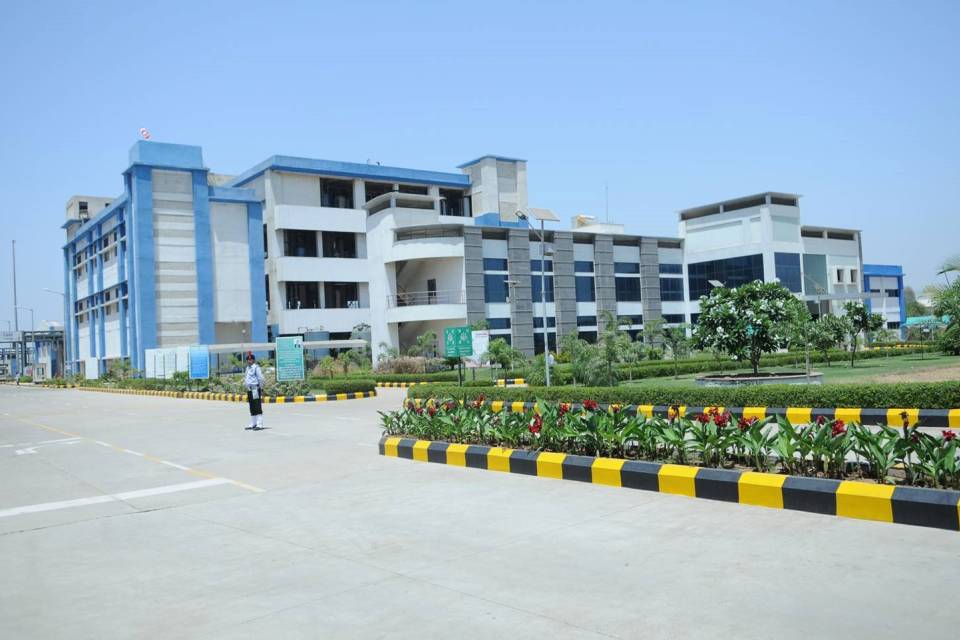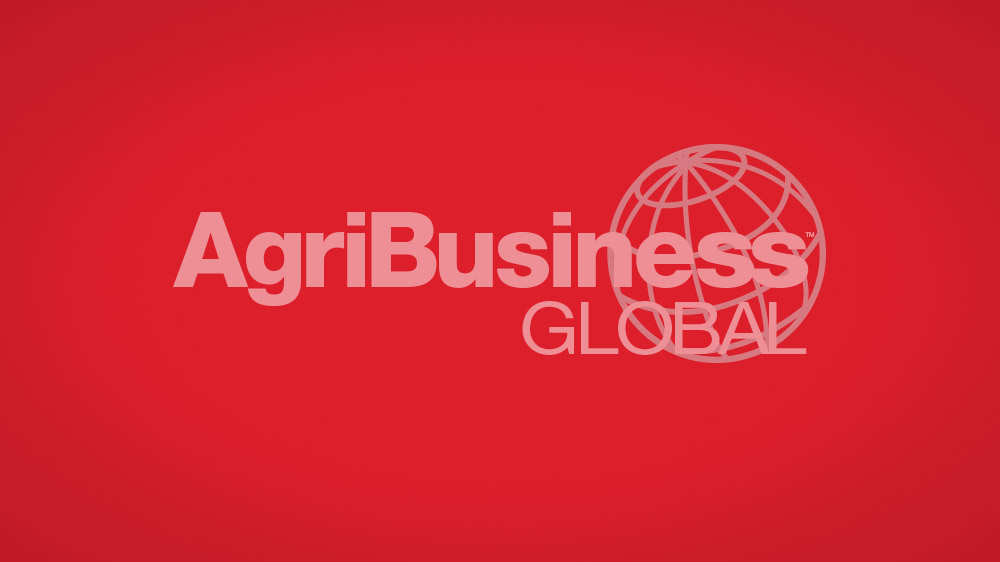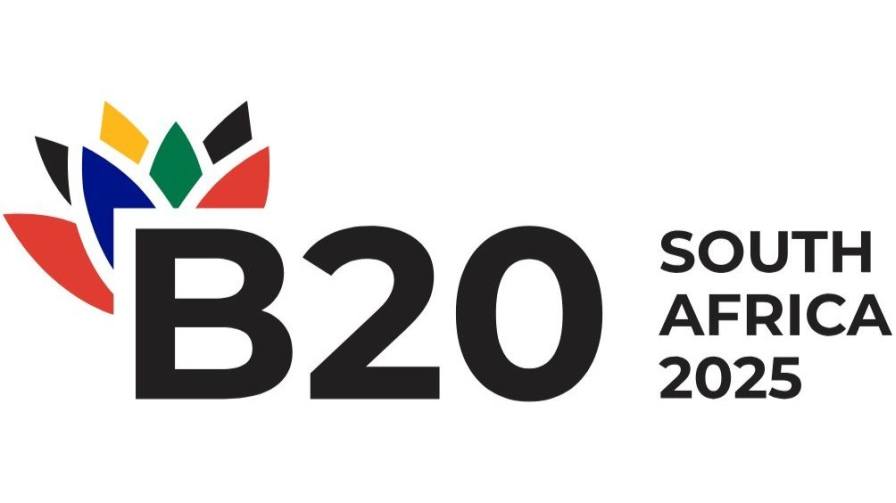What Does It Take to Be Successful in the LATAM Crop Protection Market?

The session “Thriving in LATAM Business: Essential Keys for Success” included panelists (from left) Moderator Guido Azzari, Executive Director, Central America Toll Manufacture & Logistics (not pictured); Daniel Traverso, Vice President, Anasac International Corp.; Gerardo Suárez Aguiar, Director, Amvac LATAM, AMVAC; Jens Schenck, Managing Director, Agrosolutions Group International Ltd.; Ferdinand Groos, CEO Central American & Caribbean, Rainbow Agro; and Irving Tejada, Crop Protection Manager, SLS/Incofe/Disagro.
Six crop protection leaders from LATAM companies recently explored the practices that make-or-break crop protection companies in LATAM. Lead by Guido Azzari, Executive Director of Central America Toll Manufacture & Logistics, five panel speakers shared their insights and opinions during the session “Thriving in LATAM Business: Essential Keys for Success” at the AgriBusiness Global℠ LATAM Conference in Panama City, Panama.
Panelists included:
- Daniel Traverso, Vice President, Anasac International Corporation
- Gerardo Suárez Aguiar, Director, Amvac LATAM, AMVAC
- Ferdinand Groos, CEO Central American & Caribbean, Rainbow Agro
- Jens Schenck, Managing Director, Agrosolutions Group International Ltd
- Irving Tejada, Crop Protection Manager, SLS/Incofe/Disagro
*Below is a partial and edited version of the discussion:
Guido Azzari: To stand out in the LATAM, do you need to build a manufacturing plant in the region?
Jens Schenk: No, it’s not important for success to have it here in the region. The reason is if you don’t have a critical volume of production in these markets, then a plant is not going to be profitable, and you won’t be able to see the investment returned. You may be formulating for several companies, regionally then it may work, but it’s not a guarantee for success. We also need to consider the regulations of our countries. In Central and South America, there is not one set of taxes and tariffs. Each country is on their own and that needs to be considered as well to answer this question.
Irving Tejada: I agree with Jens. It’s not necessary to have a plant in our region to be successful. When you have a brand strategy, you can come up with a secret recipe with a manufacturer in China or India and bring it to market.

Guido Azzari, Executive Director for Central America Toll Manufacture & Logistics, moderated “Thriving in LATAM Business: Essential Keys for Success”.
Guido Azzari: Are novel molecules indispensable to have in the portfolio?
Gerardo Suárez Aguiar: I think having a novelty portfolio can definitely open the doors to customers, but it has to be a diversified portfolio. But having innovative products can be a challenge. The development of a new product is two to three years, and you need a strong technical team. You need strong finances with no sales through that period of time.
Ferdinand Groos: I agree with Gerado. Companies do better when they have a wider portfolio because it creates a wider market. The market is also constantly changing. You can run out of tools while assisting a customer. With a robust portfolio, you are prepared to meet the needs of customers, not just the retailers but the growers. The growers have a strong burden in dealing with international and local regulations. In two years from now, the more innovative portfolios will focus on creating value. The downside is that we have learned that being too wide may get you out of focus. You need to focus on the needs of the market to get ahead of what is coming. What you thought two years ago that might work may already be too late.
Jens Schenk: Overall, it’s important to have innovative products in your portfolio, but it depends on your business model. You need great leadership, products and alliances with companies in China or the manufactures themselves. Innovative products don’t sell themselves. Companies that are registering innovative products need to understand they can’t be sold unless they have support on the field (technical support). Companies who have innovative products without this kind of support may find difficulties to sell those products.
Daniel Traverso: I think the market changed around 10 or 15 years ago. At that time, there were very few innovative products and registrations in LATAM. If you had your portfolio registered, you would do business. Now everyone has products for the market, and there is lots of innovation. What is more important is access to the market. You need different types of products that complement other products in your portfolio. There are technical products that do need technical support. If you don’t handle it well, you can fail at adding commercial value in your company.
Guido Azzari: What would you tell a friend coming into this industry?
Daniel Traverso: The speed of the business is very different from 25 years ago. When we started it was stone by stone, one registration at a time. Everything has changed with speed, purchases, and mergers. You need a strategy that keeps up with the pace.
Gerardo Suárez Aguiar: Develop a great team. The human factor is key. Also, having a clear strategy. Don’t try to shoot at every target and be very careful with the credit you give.
Jens Schenk: Don’t be all over the place. Focus on something and be amazing at what you choose. It’s so important. Years ago, it was acceptable to be a generalist. Now, it’s important to be specific.
Ferdinand Groos: You need to know yourself by analyzing your strengths and weaknesses. There is a big scope of opportunities, so you need to figure out what you can do. Do you have the strength to achieve it? Think of this every day and be picky about what you are going to do. We are dealing with things in a more accelerated way. Your team is key and needs to understand the strategic plan. You need to challenge your people to executive a focused strategy.
Irving Tejada: I believe a lot of things have changed, but what hasn’t changed is how we distribute products. Distribution chains are the same. I believe for the distribution part of the business, its good to plan for how you can reach the farmers quicker than your competition in any part of the territory.






